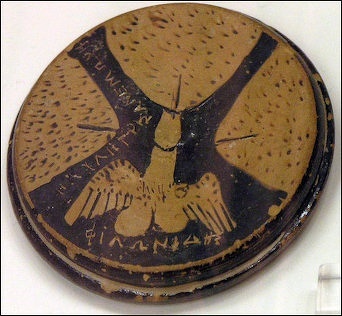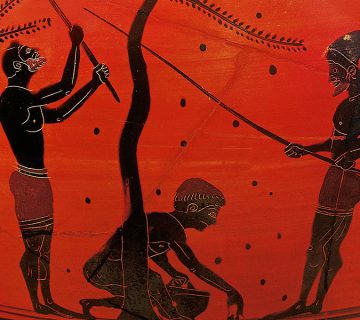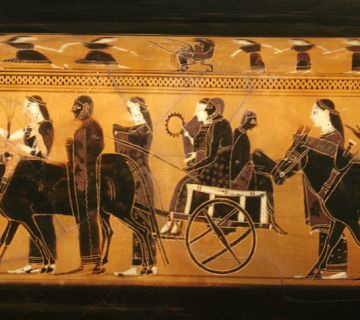Would you like to Learn more about Kompoloi and Greek Art?
In the heart of Greek culture lies a cherished tradition that transcends generations, weaving together history, artistry, and a deep sense of connection—the kompoloi. This string of beads, often seen in the hands of Greeks young and old, holds a rich heritage that stretches back centuries. Join me on a journey to explore the fascinating world of the Greek kompoloi, where each bead tells a story and every click carries echoes of the past.
Origins and History:
The origins of the kompoloi can be traced back to the early 18th century, where it emerged as a tool for relaxation and contemplation. Originally crafted from natural materials like seeds, nuts, or wood, the kompoloi was a simple strand of beads used by monks and devout individuals during prayer and meditation. Over time, it evolved into a beloved accessory, gaining popularity among all walks of Greek society.
Symbolism and Meaning:
Beyond its aesthetic appeal, the kompoloi carries profound symbolism and meaning for those who wield it. Each bead represents a moment of reflection, a chance to pause and center oneself amidst the chaos of daily life. As fingers glide over the smooth surface of the beads, worries fade away, replaced by a sense of calm and serenity. For many Greeks, the kompoloi serves as a silent companion, offering solace in times of stress and a reminder to embrace the present moment.
Variety and Craftsmanship:
One of the most captivating aspects of the kompoloi is its sheer variety and craftsmanship. From traditional designs passed down through generations to modern interpretations that blend innovation with tradition, there is a kompoloi to suit every taste and style. Master artisans painstakingly handcraft these intricate creations, using materials ranging from amber and coral to precious metals like silver and gold. Each piece is a work of art, reflecting the skill and creativity of its maker.
Cultural Significance:
In Greek culture, the kompoloi holds a special place, serving as more than just a decorative accessory. It is a symbol of hospitality, often offered to guests as a gesture of welcome and friendship. It is also a symbol of community, with gatherings of friends and family often accompanied by the rhythmic clicking of beads. In recent years, the kompoloi has experienced a resurgence in popularity, as younger generations rediscover its charms and embrace it as a symbol of their heritage.
Conclusion:
The Greek kompoloi is more than just a string of beads—it is a tangible link to the past, a symbol of tradition and craftsmanship, and a source of comfort and connection for generations of Greeks. As we trace its history and explore its significance, we gain a deeper appreciation for this timeless treasure, whose beauty and meaning continue to endure through the ages. So the next time you see a kompoloi in the hands of a Greek, take a moment to appreciate the rich tapestry of culture and tradition that it represents.





